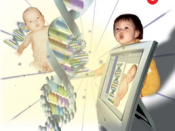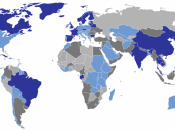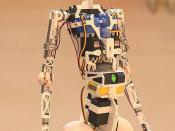On February 23, 1997, the idea that humans might someday be cloned, moved further away from science fiction and closer to that of a scientific possibility. On that day, Ian Wilmut and his colleagues from the Roslin Institution announced that, after a reported 277 attempts, they had successfully cloned a sheep, named Dolly, on July 5, 1996.
Within days of the report, published in The Observer, Bill Clinton issued a five-year ban on any federal funding related to attempted human cloning. "Any discovery that touches upon human creation is not simply a matter of scientific inquiry," the president said, "It is matter of morality and spirituality as well." (1) But unfortunately, the federal restriction did not affect privately funded research. Meanwhile, critics of human cloning began requesting that the ban be permanent, and that it extend into private research as well.
Shortly after issuing the ban, Clinton asked the National Bioethics Advisory Commission (NBAC) to investigate the ethical issues surrounding the cloning of human beings.
The commission found that "While using animals to understand the biological processes that produced "Dolly" holds great promise for future medical advances, there is no current scientific justification for attempting to produce a human child at this time with this technique."(2) They further noted that it is morally unacceptable for anyone, public or private, to attempt to create a child through cloning.
While many critics focus their attention on the "spiritual" consequences of cloning, others stand behind the one area that still holds truth; our current state of technology is not advanced enough to experiment with human cloning. "Some fear that clones will have an accelerated aging process since the cell used in the cloning procedure will have been 'exposed to a lifetime' ". (3)
Cloning mammals, for example, has a current success rate of...


